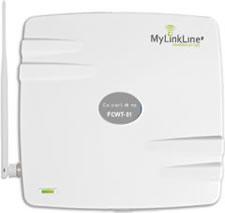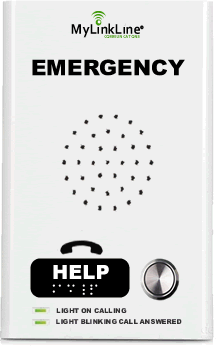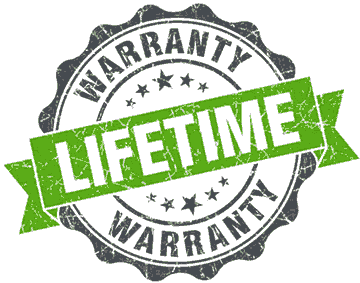Connecticut Elevator Code 2024
Regulations & Standards
Find the latest information on Connecticut Elevator Code, laws, and safety standards. Our directories are updated monthly and include website links to help you quickly find the elevator codes and regulations for the state of Connecticut (CT)
Connecticut elevator codes impose a responsibility on building owners and property managers to adhere to specific requirements within elevators, ensuring the safety of all occupants. Failure to comply with these codes can result in penalties and potential legal action. While the particulars of the Connecticut elevator code may differ at the state and local levels, three primary codes govern elevator safety: the American Society of Mechanical Engineers (ASME), the International Building Code (IBC), and the Americans with Disabilities Act (ADA).
ADA
The Americans with Disabilities Act (ADA) mandates unrestricted and equal access to services for individuals with disabilities.
IBC
The International Building Code (IBC) establishes precautions against hazards associated with constructed environments.
ASME
The American Society of Mechanical Engineers (ASME) plays a pivotal role in the development of codes and standards.
The State of Connecticut (CT) currently operates under the 2013 ASME A17.1 and CSA B-44 Code
Connecticut Elevator Code Authority (CT)
Authorities having jurisdiction are those government officials who are the final authority on questions in a particular area (or jurisdiction). The Bureau of Elevators is responsible for the certification and inspections of elevators, escalators, dumbwaiters, moving walks, private residence elevators, tramways, and personnel hoists used for construction and demolition.
The state currently has 15,400 elevators registered in Connecticut, all of which are inspected every 18 months. The state currently has eleven inspectors that are responsible for inspections and also to witness required tests by state-licensed elevator contractors in addition to investigations of accidents and complaints.
- All elevators, escalators, wheelchair lifts, APM (i.e., the train at DIA) and other regulated conveyances located in the State of Colorado be registered with OPS;
- The installation, alteration, maintenance, testing and annual inspection of regulated conveyances is completed according to the Colorado conveyance regulations, industry code and the standards adopted in statute and regulation; and
- All conveyance contractors, mechanics and inspectors maintain a current license issued by OPS to ensure that the installation, alteration and maintenance of conveyances in the State of Colorado are completed by qualified personnel.

Office of the State Building Inspector
Division of Construction Services
Department of Administrative Services
165 Capitol Avenue, Room 266
Hartford, CT 06106
Elevator Cellular Phone Lines
How to eliminate the cost of traditional elevator phone lines and save 35% or more. Our cellular elevator phone lines conform to ASME, ADA, and IBC codes, encompassing all requirements of the Connecticut elevator code.

Connecticut Elevator Code – Elevator Phone Requirements ASME A17.1 & IBC**
- Two-way communication between elevator and authorized personnel
- On-site communications if over 60 ft of travel
- Communication between the elevator if elevator has remote machine room
- Answer by live authorized personnel – no automated answering
- Communication capability for onsite emergency personnel
- On-site monitoring if staffed 24/7 by authorized personnel
- Location identification on demand to authorized personnel
- Location identification without voice communication
- Hands-free devices only and telephone handsets are not allowed
- Phone automatlly answers when calling into elevator
- Automatic redirect if no answer onsite
- Monitoring the status of local telephone lines and issuing local alerts
**Connecticut also follows IBC 2021, which incorporates extra requirements for new elevators/construction projects
If your elevator travels over 60 feet. A two-way communication system will be installed in the elevator that provides both visible text and audible modes per code requirements. If you’re modernizing the elevator to ensure it complies with current codes, it’s advisable to consult your local Connecticut elevator code authority for guidance on the applicable regulations.
- Two-way message display in the elevator cab for hearing and/or speech impaired
A method for authorized personnel to access video footage of passengers from any location within the cabin - A mechanism triggered by emergency personnel to modify the cabin message, signaling that assistance has arrived on-site
Please be advised that we are committed to consistently delivering accurate and current adoption information. We diligently update our records as new Connecticut elevator code information becomes available.

Emergency Elevator Phones
MyLinkLine will only install elevator telephones that meet code requirements. We also comply with ADA, ASME, ANSI and IBC codes in addition to all State and Local requirements if applicable. Volume pricing available.

Elevator Phone Monitoring Service
Our dispatch center has been delivering professional service for over twenty years. Our staff has extensive technical and interpersonal training to assist in emergency and non-emergency situations.

Lifetime Product Warranty
If any part of your elevator telephone(s) or elevator cellular landline fails at any time during your lifetime due to a defect in material or workmanship, we will repair or, at our option, replace the defective device at our cost***
